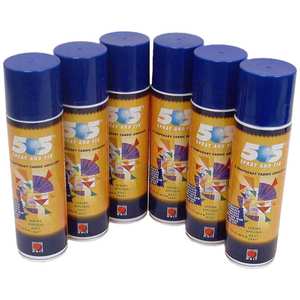I asked on my FB page a few days weeks ago for followers/customers to let me know what patchwork/quilting problems they’ve been having or would just like to know more about. There were a few requests that I’ll work my way through and if you have anymore ideas to add please let me know in the comments or email me – frankensteinsfabrics@hotmail.com
This blog post is aimed at one question –
“How to arrange a quilt top and backing when both are pieced? To centre both when there’s wadding in the middle and keep them in place while basting.”
Firstly we need to separate your randomly pieced backings from those that have a feature. Also you will need a flat surface to work on, plenty of room, safety pins, thread snips, ventilation if you use spray glues and some patience.
Randomly pieced backings can simply be centred by folding in half and marking the folds top and bottom. Fold in half in the other direction and mark the side folds. Repeat this process with your quilt front and when basting match up the marks. You can make extra marks if you choose – thirds for example – to make sure your matching up is as straight as it can be. Marks can be made by marking pens/pencils or safety pins. I find pins to be better as you can feel them and it just makes it that much easier to locate them underneath the fabric and wadding.
For a backing with a feature you can use the same process but you will also need to mark the centre of the quilt. You can use the folding technique as described above but you should also check the centre mark by measuring from the edges of the quilt into the centre point.
I have helped students baste quilts like this – pieced back and front for reversible quilts – and the easiest option for basting is to use a spray basting glue like 505 (we sell this at Gosford Sewing Machine Centre for $17 per can, it’s unable to be posted). The reason it is easier is that you can spread the quilt and the backing out and spray baste in sections allowing the matching up of marking points as you go. You can always peel back a section that has been basted and re-lay it to realign and match marks.

Alternatively if you want to take matching marks to a whole new level you can use a fabric marking pen and mark grids on your wadding. I have done this a couple of times but only on small projects in a similar way to marking up grids for pixel images. It is more fiddly because marking pens don’t always work well on wadding so it does take longer to draw out the marks you need.
If you are sending your quilt away to be quilted you will need to discuss with your long-armer what you want to achieve with your centred backing and ensure that there is sufficient allowance around all sides of the backing and wadding to accommodate any adjustments.
If you are quilting your quilt on your machine at home you may need to quilt in small sections and then take the quilt off the machine and lay it out again to ensure that there hasn’t been any shifting of the backing/wadding/quilt top. It does mean spending extra time preparing and working on a quilt but in the long run it will be better for it. Take it slowly and don’t rush.
If you have any questions about this post please ask in the comments and I’ll get back to you.
Happy quilting!
Marni x